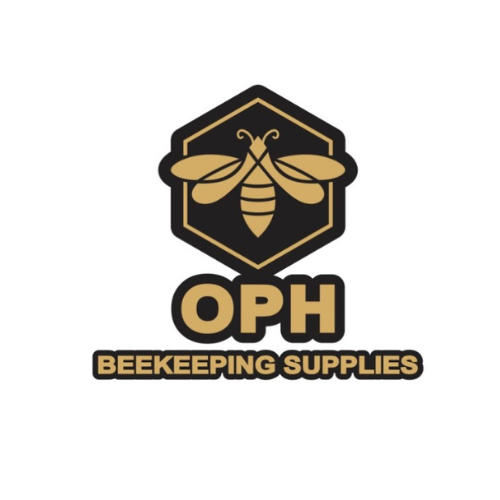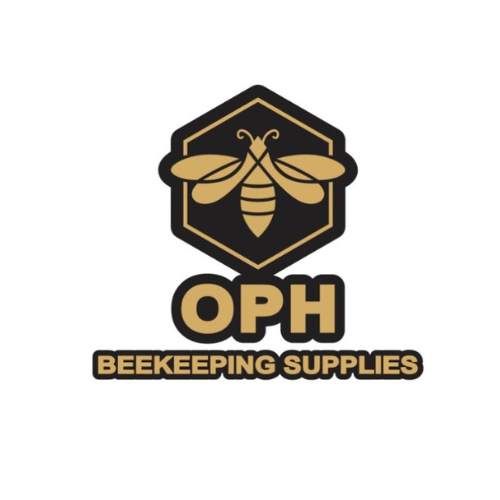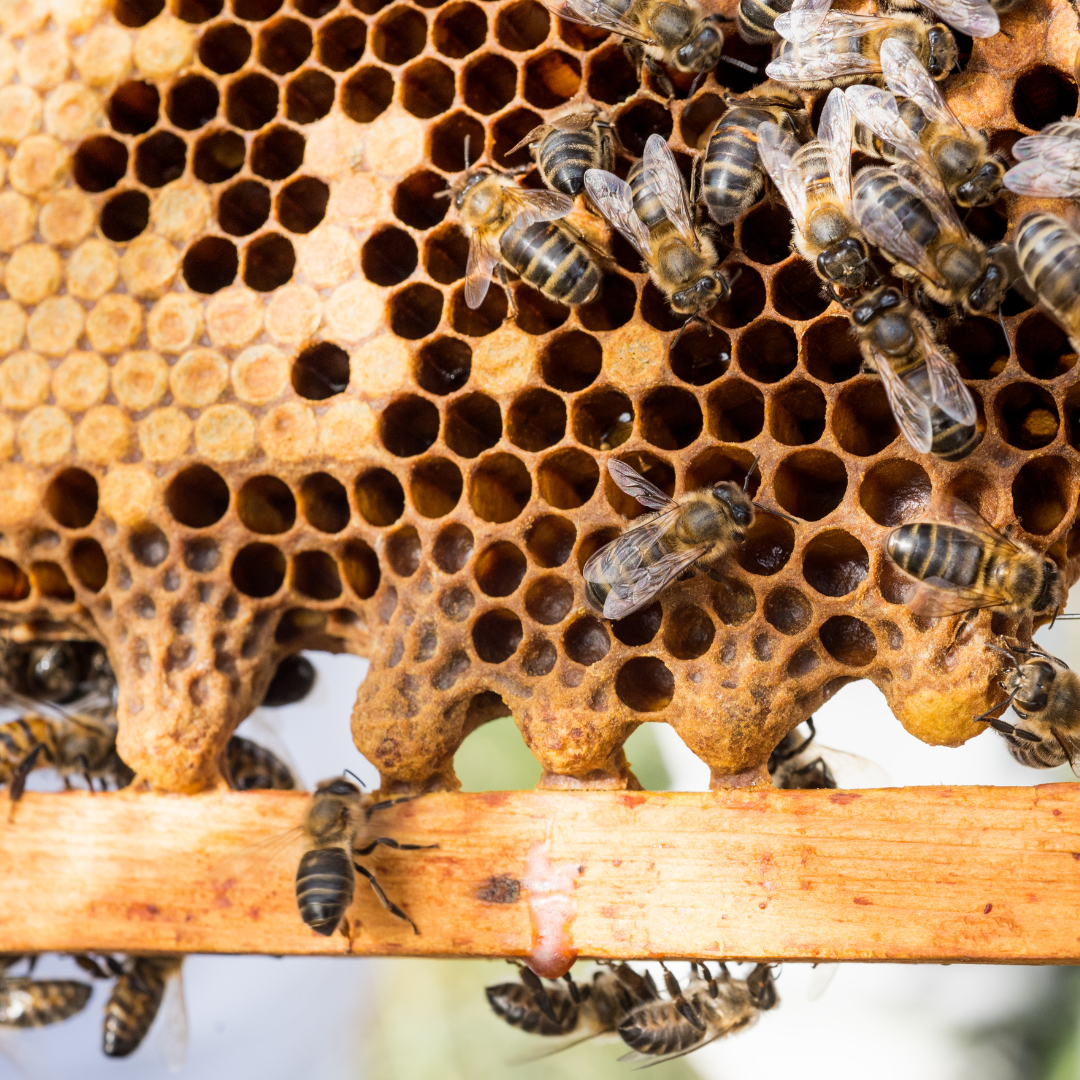What techniques can you use to prevent swarming & queen cells?
Learn how to manage a thriving bee colony with our guide. Seeing swarm or queen cells on your frames? These cells are indicators of a natural process where a new queen is raised and a part of the colony leaves. Our guide helps prevent bee loss and ensures stability for your new colony.
Gain a comprehensive understanding of your honey bees with our management strategies. Learn to identify and address key areas for improvement, resulting in increased productivity and success. Our expert guidance offers practical solutions for swarm management.
The location and number of swarm cells, typically found at the bottom or sides of frames, can indicate a colony’s intention to swarm. Similarly, the presence of queen cells can provide valuable information, as they can be emergency cells created in response to the loss of a queen, supercedure cells meant to replace an aging queen, or swarm cells. The number of cells can give you an indication if its a swarm or supersedure..
Steps to Manage Your Swarm
Regular thorough, inspections are key to swarm prevention. First check on your existing queen is she still laying eggs look for eggs that are a dot if you see that it is a very good sign. If you don’t see recent eggs it can b a sign they will swarm soon as they typically put the queen on a diet so that she can fly. Learn some of the signs of swarming not just the queen cells. First they will lay a bunch of drones then the queen cells will start.
2. What is your goal do you want to expand?
Guide the bees away from swarming by carefully managing their population and using queen cells. For those looking to expand their number of hives, splitting the colony and utilizing queen cells is a great option.
3. Prevention is key
Prevent Swarming: To discourage the colony from swarming, carefully destroy any swarm cells. However, be mindful not to remove all queen cells if you see signs that the queen is failing. Create Room: Add an additional brood box or supers to provide more space for the bees, which can help reduce the urge to swarm. Share resources of brood between all your hives, add a couple blank frames this may reduce the urge to swarm.
4. Creating a Split
Do you want to grow your apiary, this is the perfect opportunity to make a new hive. Take the frame with queen cells on it and place it in a wooden nuc box with a frame or two of bees and a frame of food. Once the virgin queen hatches she will get mated and start laying eggs once this happens place the nuc in a 10 frame box and watch them grow. Congratulations, you just increased your apiary.
5. Ongoing Hive Inspections
We cannot stress enough the need for regular inspections to keep your bees healthy. We suggest doing inspections every 7-10 days. You don’t want to go in more often as this can set the bees back.
Tips for Success
Timing is essential especially in spring when honey bees are brooding up.: Act quickly before they swarm.
It is essential to know your breed of bees so that you can predict their behaviors. Some bees are more swarmy than others.
Don’t hesitate to call upon us if you are unsure of something we are more than happy to help new beekeepers.
With this bee management guide, you’ll learn techniques to prevent swarming, split hives, and maintain a healthy and productive colony. Whether you’re a beginner or experienced beekeeper, these strategies will help you confidently navigate the complexities of managing your bees.
Welcome to the wonderful world of beekeeping!



